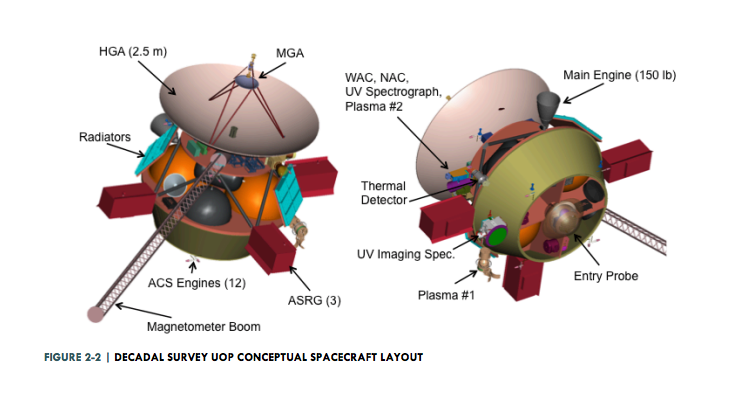Resources
Nuclear Power Assessment Study - Final Report

EXECUTIVE SUMMARY
The objective of this study is to ”Discuss a sustainable strategy and present findings for the provisioning of safe, reliable, and affordable nuclear power systems that enable NASA Science Mission Directorate (SMD) missions and is extensible to Human Exploration and Operations Mission Directorate (HEOMD) needs in the next 20 years.”
The context of this study is set by the confluence of ongoing requirements and continuing budget pressures.
NASA has pursued different approaches for provisioning nuclear power systems. In recent history, Radioisotope Power Systems (RPS) have been provisioned in support of the Science Mission Directorate (SMD) for robotic exploration. Fission Power Systems (FPS) have been in development in support of Human Exploration and Operations Mission Directorate (HEOMD) goals.
Nevertheless, fission and radioisotope power systems have traveled down parallel development paths, requiring separate resources. SMD is considering the possibility of using both RPS and FPS for future missions. This potential approach along with the current budget scenario presents an opportunity to explore development of common power system technologies that feed both FPS and RPS as an alternate provisioning strategy. This strategy may hold the possibility of furthering exploration goals for several mission directorates, while reducing technology risk associated with new systems development.
NASA’s need for RPS to enable robotic scientific missions for planetary exploration has been a “given” for over four decades. The continuing need for planetary missions has been articulated clearly during the last decade from the NRC report of 2009 through the Planetary Decadal Survey of 2011, “Vision and Voyages."
Requirements across the other Divisions within the Science Mission Directorate and across other Directorates have not been as clear. Implementation of these systems has never been an easy task. An ongoing difficulty is the inherent difference between the development cycle of RPS and the shorter time from mission approval to launch.
Joining these two different sets of requirements—and their associated different ways of “doing business”—remains a challenge in the partnership between DOE and NASA to develop and fly these power systems.
Credit
NASA/Johns Hopkins University Applied Physics Laboratory


